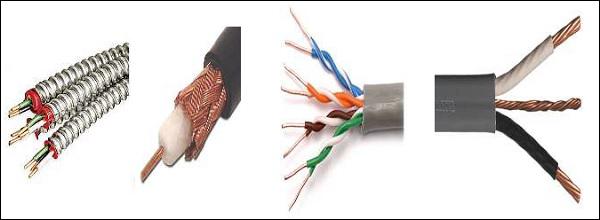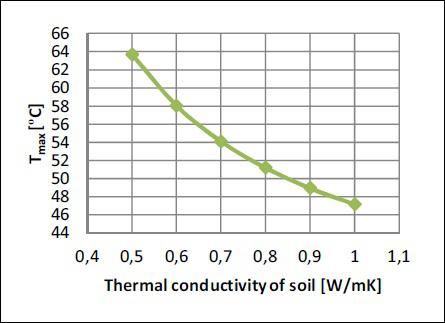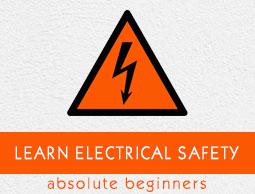Electrical Safety - Cables
A cable is a group of wires swathed in sheathing that ensures a smooth electricity supply. It needs to be installed carefully following the National Electricity Code and National Building Code for various electrical applications.
Types of Cables
There are more than 20 different types of cables according to the design and application. Let us consider a few important types here −
Non-Metallic Sheathed Cable (NM Cable)
These cables have a flexible plastic jacket with two to four wires that are commonly used for indoor residential cabling and special varieties are for underground and outdoor cabling.
Underground Feeder Cable (UF Cable)
The wires in such cables are grouped together and embedded in the flexible material. These are useful for outdoor lighting and in-ground application.
Metallic Sheathed Cable (BX cable)
There are three stranded copper wires insulated with cross-linked Polyethylene and PVC sheathing. These cables are used for outdoor application and high-stress installation.
The following images show the different types of cables −

Multi-Conductor Cable (MC Cable)
More than one conductor that is insulated individually. The outer insulation gives extra security. The different varieties of MC cables are used in homes and music industries. For example, the audio multicore ‘snake cable’.
Coaxial Cable (Heliax cable)
A tubular insulating layer with a tubular conducting shield protects the inner conductor of the cable. As the two inner sheaths share the same geometrical axis, the name coaxial is justified. It is used for carrying television signals and connecting video equipment.
Unshielded Twisted Pair Cable (UTP)
UTP cable consists of two wires twisted together with solid copper cores and not insulated individually. These are often used in telephones, security cameras and data networks.
Ribbon Cable
It has various conducting wires running parallel to each other on a flat plane. Ribbon cables are applicable for low voltage applications such as in computers and its peripherals.
Direct Buried Cable (DB cable)
It either is a specially designed coaxial cable or bundled fiber optic cables, which have many layers of banded metal sheathing, heavy rubber coverings, and shock absorbing gel waterproof wrapped thread-fortified tape. This is considered a popular choice for transmission and communication requirements.
Twin Lead Cable (TL cable)
The TL cable consists of two wires that are generally used in the transmission of a signal from the antenna to receivers like TV and radio.
Paired Cable
There are two individually insulated conductors, which are used in DC or low frequency AC applications.
Twisted Pair Cable
The inner insulated wires in TPC are twisted or intertwined; otherwise, it is same as paired cable.
Importance of Thermal Resistance
Thermal resistance is the optimum temperature at which the insulation cable melts down. It depends upon the area of cabling the thermal phenomenon has taken into consideration when underground electricity network is designed. In an underground power system, the core temperature of cable should not exceed the maximum temperature of cable operation (65ᵒ C).
The following figure shows the variation of cable core temperature with increase in soil thermal conductivity −

The thermal conductivity varies according to the material used in cable layer as the cable needs to dissipate heat to its surroundings.
| Cable Layer |
Material |
Thermal Conductivity () |
| Conductor |
Copper |
400.00 |
| Insulation |
XLPE |
0.3232 |
The thermal conductivity of soil changes the intensity of heat transfer from the power cable. As the conductivity increases, the soil receives heat faster and the cable temperature lowers down. The soil conductivity depends upon the water content (caused by rainfalls or droughts) and moisture. The distribution of temperature should be done effectively while working in the underground electrical network system.
Safety precautions
Let us now consider a few safety precautions −
Do a safety plan, which includes emergency activities, evacuations suitable to the codes and standards.
Professional and trained electricians should be employed, who understand the safety protocols and surrounding workplace environment.
Workers must use non-conducting gloves, safety eyewear, shoes and protective clothing to protect from electrical risks.
Maintenance and testing should be done periodically.
Questions
1. Which material is used to cross-link the core in Metallic Sheathed Cable?
a) Copper
b) PVC
c) Polyethylene
d) Aluminum
Ans: c
2. Which cable is suitable for cameras and data networks?
Ans: b
3. What happens to the cable core temperature with increase in soil thermal conductivity?
a) Increases
b) Decreases
c) No Change
d) Can’t be predicted
Ans: b




